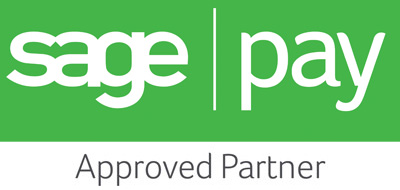Working Past Algorithm And Shadowban Problems
Social media is a great way of connecting with customers in their downtime as well as their work time. While some companies block social media sites from their network, many do not, and the professionals you want to reach are using social media at work, not to mention all those people involved in the decision making process who are scrolling on their phones during commutes and lunch breaks.
Sometimes it can feel like you're putting a lot of work into a social strategy, but not seeing the engagement and rise in traffic and sales you had expected, and there are a number of reasons for this. In the first instance, you must make sure you're posting regularly, and that what you post is relevant and engaging. Simply posting text and links to your website isn't going to cut it, and could even harm your reach; Facebook wants people to stay on the platform, so links to your website in every single post you make will not make them happy and you could find yourself on the wrong end of the algorithm.
On the subject of links, it is fine to use them now and again, but be ruthless about when and how you do this. Post a link to a new product, or a promotion, but make sure it is at the end of a longer piece of text which incites the “see more” link – clicking this link counts as engagement with your posts (which Facebook loves and which can help mitigate the effects of link posts), and that there is an accompanying image. Consider posting the image and explanatory text as the main post, and linking from a comment instead.
Facebook and Instagram are primarily visual platforms – people engage with the picture or the video first, and if their attention is caught they will read the text. For this reason they are great for businesses selling tangible products – services are harder to represent visually in a way that doesn't involve the use of cliched stock photography. Infographics are one way that service businesses can represent themselves visually, while animated infographics are even more engaging. Plain text posts aren't algorithm friendly and may never reach half your customers' feeds.
One potential pitfall of social media platforms is the “shadowban”. This is where a platform deprioritizes your account and the content you post, leading to lower visibility in searches and in your followers' feeds and therefore lower engagement. It's not a full-on ban – you can still use the account as normal, but you're not reaching anyone, as if you were banned – hence the term “shadowban”. Platforms may reject the term shadowban and prefer to call it deprioritisation, but the effect is the same.
Some of the actions that can lead to a shadowban include posting inappropriate content (and what constitutes inappropriate can be hard to determine precisely), using banned hashtags, re-using hashtag lists (which saves time but looks spammy to the algorithms) and repeating comments (such as replies to people who interact with your post).Even some tools that allow you to streamline your social media activity can risk putting your account on the wrong side of the algorithm – anything that seems like the actions of a bot should be avoided.
Check your hashtag lists, and be more discerning about the hashtags you use on each post – make it relevant to each piece of content you share or post and don't simply re-use the same ones. When interacting with followers, write custom replies to each one to show genuine engagement. Not only does the algorithm like this, but your real-life followers love it too. Encourage engagement with your posts (likes, shares and comments) and use external links sparingly. You could investigate some of the in-platform shopping options as a way to increase sales without your followers leaving Facebook or Instagram. Finally, be aware of potentially inappropriate content and banned hashtags as using these is one of the quickest ways to get shadowbanned.
